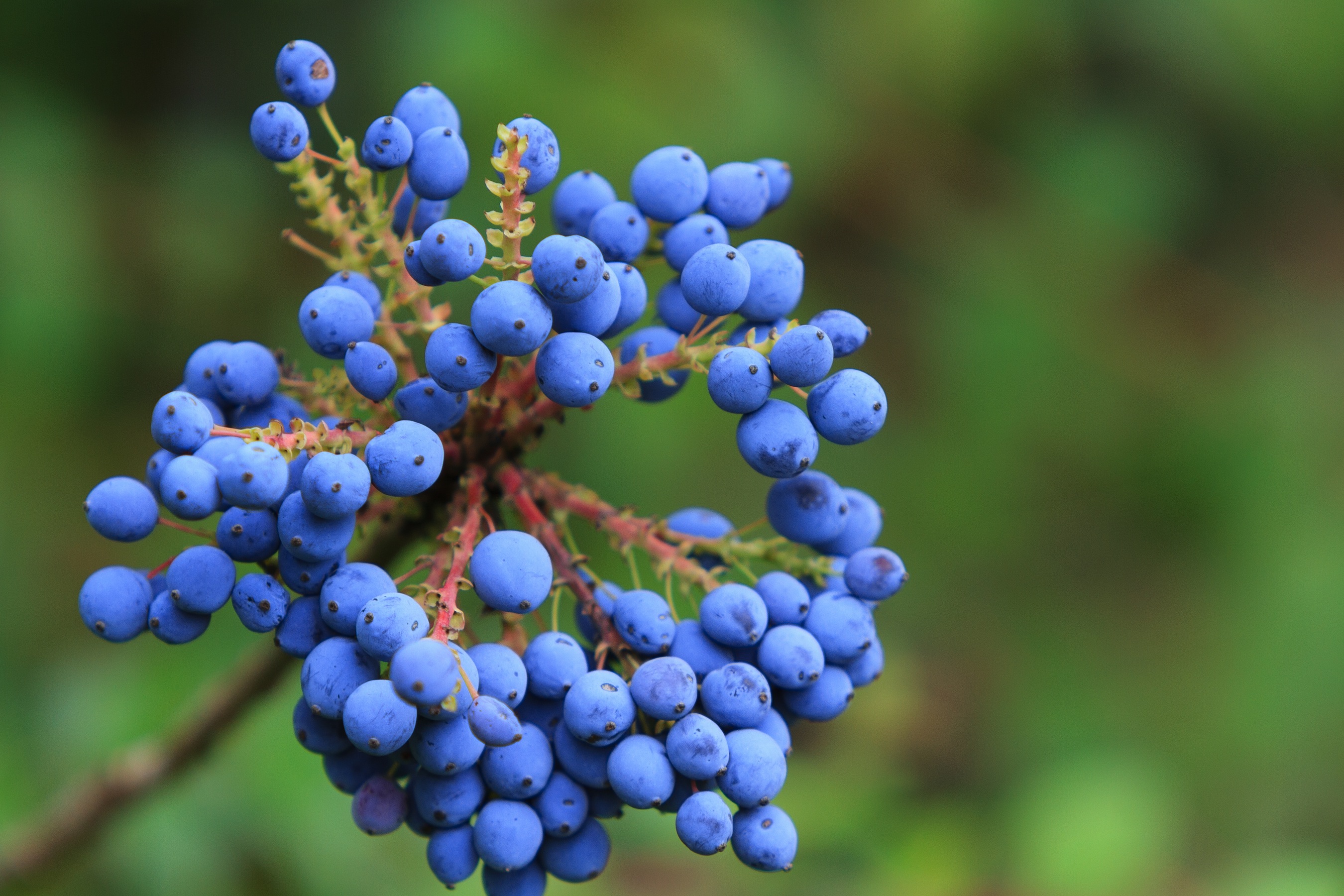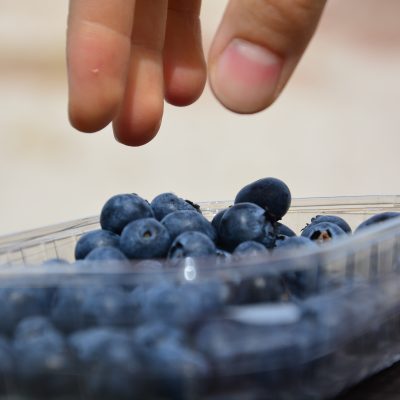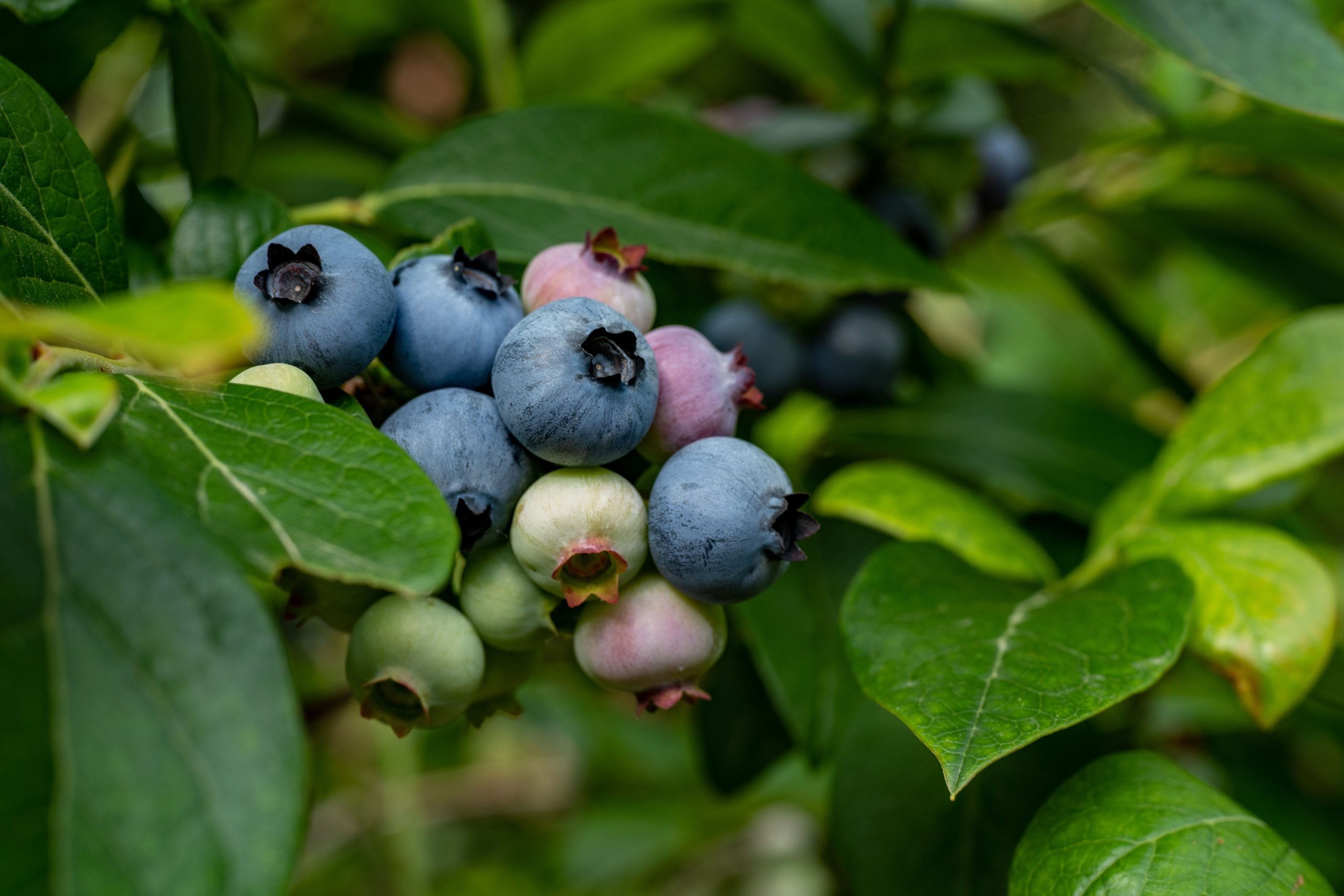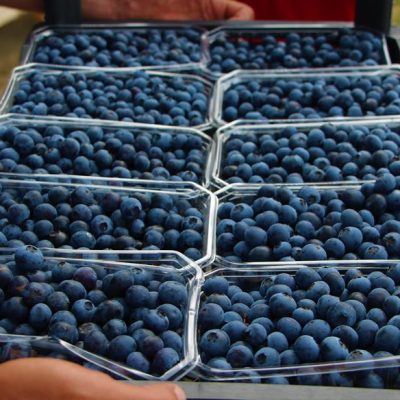Research looks at machine harvesting of fresh blueberries
Could machine-harvested blueberries have hand-picked quality? That’s the question a national team of scientists is hoping to answer, and it could impact Skagit County blueberry farms.
“For large-scale growers, I think it’s going to be profitable to purchase (the machine) over labor, and competition for labor pool,” said Lisa DeVetter, assistant professor of small fruit horticulture at the Washington State University Mount Vernon Research Center.
Berry growers in the region commonly use machines to harvest berries that will be frozen or processed, while leaving fresh blueberries to be hand-picked.
DeVetter said there is a reason for this: when fresh berries are harvested by machine, they can bruise, reducing the quality of the fruit and the grower’s ability to store and ship it.
DeVetter is working with researchers to look at designing a machine that can harvest fresh-market berries without bruising them. If developed, the machine could help growers save money by reducing their labor needs, she said.
Growers also fetch a higher price for fresh blueberries compared to processed, she said.
“Being able to divert some fruit for fresh (blueberries) can give them a price premium and help them remain more economically viable,” she said.
In 2018, the blueberry crop in Skagit County was worth $21 million and included more than 4,600 acres, according to agriculture statistics from the Washington State University Skagit County Extension. About half of the blueberries are processed and half are sold fresh.
The research, which took place this summer at Whatcom County berry farms, is looking at incorporating “soft-catching” materials into machines called over-the-harvesters, DeVetter said.
“What we’ve found is that (the soft materials) will significantly reduce the impact the berry sustains,” she said.
DeVetter said she hopes the research will expand to Skagit County farms next year.
The machine needs only three to five people to operate, helping address the challenge of finding labor, she said. The goal is to have a machine commercially ready by 2021.
DeVetter said smaller-scale growers could look into leasing a machine, and there is semi-mechanical options for harvest as well.
“The labor issue is indiscriminate of farm size,” she said.





